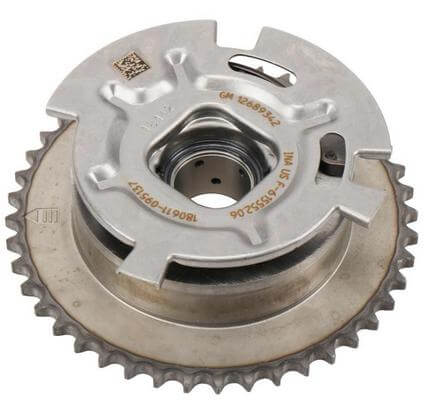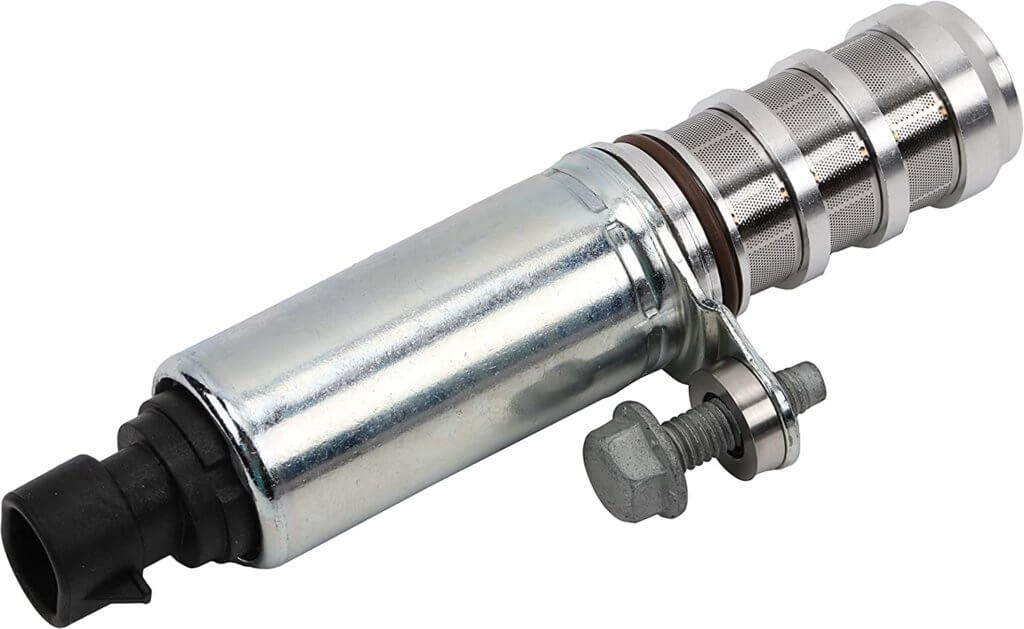P0011 and P0014: Understanding Camshaft Codes
Understanding P0011 and P0014 Codes: Causes, Symptoms, and Solutions
The P0011 and P0014 codes are specific to issues with the camshaft timing, particularly in vehicles equipped with variable valve timing (VVT) systems. These codes can indicate significant problems with your engine’s performance, so understanding their causes, symptoms, and how to fix them is crucial for any vehicle owner or mechanic.
What Are P0011 and P0014 Codes?
P0011: “A” Camshaft Position – Timing Over-Advanced or System Performance (Bank 1)
P0014: “B” Camshaft Position – Timing Over-Advanced or System Performance (Bank 1)
Both codes pertain to the camshaft timing, but they refer to different camshafts in an engine with dual camshafts. The “A” camshaft typically refers to the intake camshaft, while the “B” camshaft refers to the exhaust camshaft. The Bank 1 designation refers to the side of the engine with the first cylinder.
Understanding Variable Valve Timing (VVT)
Before diving into the causes and fixes for these codes, it’s essential to understand how VVT works. VVT is a technology used in modern engines to optimize the timing of the intake and exhaust valves. By adjusting the timing based on engine speed and load, VVT improves fuel efficiency, performance, and emissions. The camshaft timing is controlled by oil pressure through a solenoid, which adjusts the camshaft’s position relative to the crankshaft.
When the camshaft timing is over-advanced, it means the camshaft is ahead of where it should be relative to the crankshaft, leading to the P0011 or P0014 codes.
The Most Common Causes of P0011 and P0014 Codes
Several factors can cause these codes to appear, most of which are related to the VVT system:
• Faulty Camshaft Position Actuator— The camshaft position actuator controls the timing of the camshaft by advancing or retarding the camshaft based on oil filling or leaving an advance or retard chamber. If the actuator fails, it can cause the timing to be over or under-advanced, triggering these codes.
• Dirty or Low Engine Oil— The VVT system relies on pulsed oil pressure to function correctly. Dirty or low engine oil can restrict the flow of oil into the VVT solenoid, leading to improper timing.
• Malfunctioning VVT Solenoid— The VVT solenoid controls the flow of oil to the camshaft actuators. If the solenoid fails or becomes clogged, it can cause the camshaft timing to advance beyond its intended position.
• Timing Chain or Belt Issues— A stretched or worn timing chain/belt can cause the camshaft and crankshaft to lose synchronization, leading to advanced timing.
• Camshaft Position Sensor Failure— The camshaft position sensor monitors the position of the camshaft and sends this information to the engine control module (ECM). If the sensor fails, it can send incorrect data, causing the ECM to advance the timing unnecessarily.
• Oil Control Valve (OCV) Issues— The OCV regulates oil flow to the camshaft actuators. A faulty OCV can cause inconsistent oil pressure, leading to over-advanced timing.

VVT camshaft phaser

VVT solenoid. Notice the screens over the oil passages. Any sludge buildup on the screens will cause a P0011 or P0014.
How the ECM sets a P0011 or P0014 trouble code
The ECM commands a pulse width modulated operation of the VVT solenoid and monitors camshaft timing to see if the expected movement occurs. If the ECM detects the difference between the desired camshaft position angle and the actual camshaft position angle is greater than 6 degrees for greater 13.5-seconds it will set either a P0011 or
Step-by-step diagnostics
1) Engine oil condition has a major impact on the camshaft actuator system. Start by checking the engine oil level. Next check engine oil condition. If the engine has been operating when low on oil, the oil may have degraded to the point where the light fractions have vaporized, and the remaining oil is too viscous to properly operate the VVT system. In that case, an oil and filter change must be performed before proceeding.
2) Next, check the resistance on the intake or exhaust VVT solenoid. Using a meter set to Ohms, look for 8-13 ohms. If you don’t set that value, replace the VVT solenoid.
3) If you do, check for 0 resistance to ground from each VVT solenoid terminal. If you find resistance, replace the solenoid.
4) Check the VVT solenoid harness for opens, grounds, and shorts to voltage.
5) Check for loose terminal connections at the ECM and the cam actuator solenoid.
If the VVT solenoid fails any of the tests, replace the solenoid. Then clear the trouble codes and drive the vehicle to see if the code returns.
©, 2022 Rick Muscoplat
Posted on by Rick Muscoplat